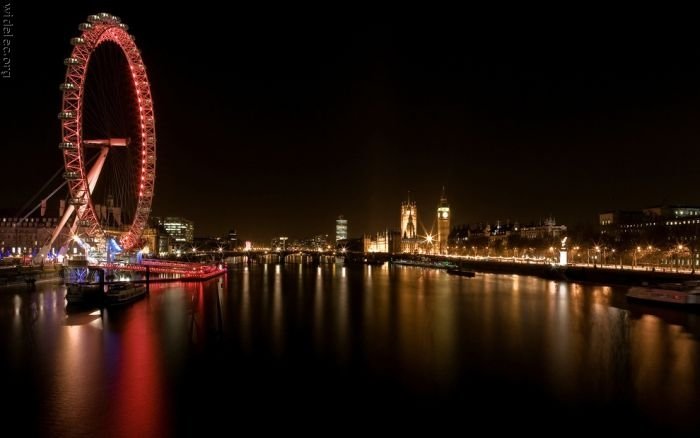|
|
City At Night
|
The growth of modern industry from the late 18th century onward led to massive urbanization and the rise of new great cities, first in Europe and then in other regions, as new opportunities brought huge numbers of migrants from rural communities into urban areas. In the United States from 1860 to 1910, the invention of railroads reduced transportation costs, and large manufacturing centers began to emerge, thus allowing migration from rural to city areas. However, cities during those periods of time were deadly places to live in, due to health problems resulting from contaminated water and air, and communicable diseases. In the Great Depression of the 1930s cities were hard hit by unemployment, especially those with a base in heavy industry. In the U.S. urbanization rate increased forty to eighty percent during 1900-1990. Today the world's population is slightly over half urban, with millions still streaming annually into the growing cities of Asia, Africa and Latin America. There has also been a shift to suburbs, perhaps to avoid crime and traffic, which are two costs of living in an urban area.
External effects
Modern cities are known for creating their own microclimates. This is due to the large clustering of heat absorbent surfaces that heat up in sunlight and that channel rainwater into underground ducts.
|
|









